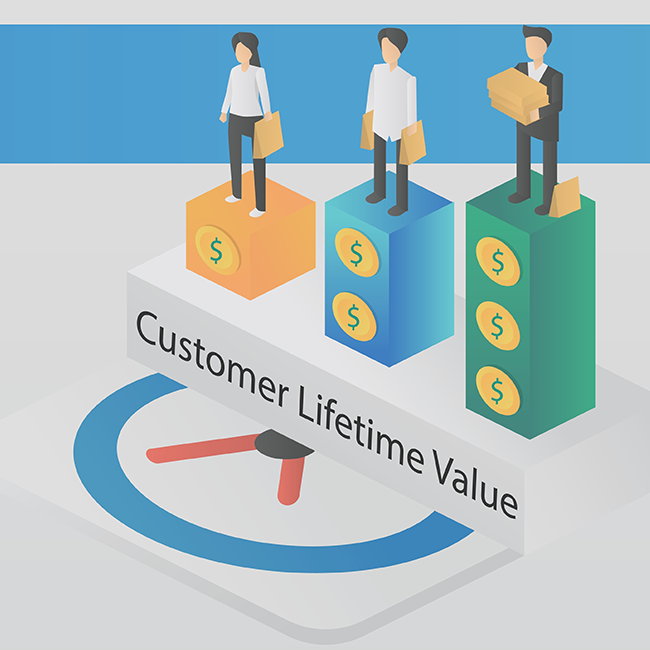
Continuing our Behind the Metrics series, we’re diving into another foundational concept: Lifetime Value (LTV). If Customer Acquisition Cost (CAC) tells us what it takes to win a customer, LTV reveals what that customer is truly worth over time. Together, they shape the economics of sustainable growth.
What Is LTV?
Lifetime Value estimates the total revenue a business can expect from a single customer over the duration of their relationship. It’s a cornerstone metric for evaluating customer quality, retention strategy, and long-term profitability.
Basic Formula:
LTV = Average Purchase Value X Purchase Frequency X Customer Lifespan}
More advanced models may factor in gross margin, churn rate, and discount rates — especially in SaaS or subscription businesses.
Why LTV Matters
Lifetime Value helps answer critical strategic questions:
- Are we acquiring the right customers?
- Is our retention strategy working?
- Can we afford to spend more on acquisition?
When paired with CAC (Customer Acquisition Cost), LTV reveals whether your growth is sustainable. A healthy LTV:CAC ratio — often 3:1 or better — signals that your business can scale profitably.
Real-World Example: Netflix
Netflix invests heavily in content and personalization to increase customer retention. Their Lifetime Value depends not just on monthly subscription fees, but on how long users stay engaged. By reducing churn and increasing engagement, Netflix boosts LTV — which justifies their CAC and content spend.
Common Pitfalls
- Overestimating retention: Assuming customers stay longer than they actually do.
- Ignoring churn: LTV must account for customer drop-off.
- Using averages blindly: Segmenting by customer type often reveals more accurate insights.
Your Takeaway
LTV isn’t just a number — it’s a lens. It helps you see beyond the first transaction and into the full arc of customer value. Whether you’re refining your pricing model, evaluating acquisition channels, or forecasting growth, LTV should be part of the conversation.